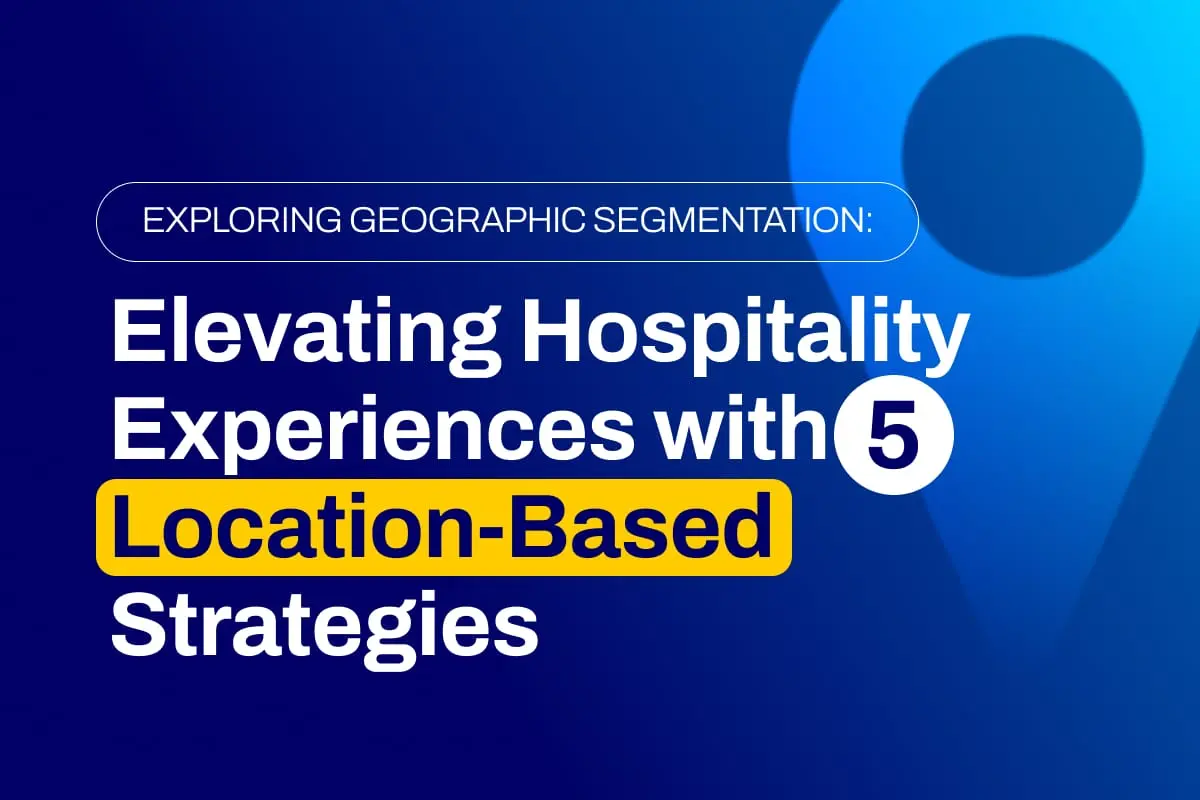
40 percent of consumers say irrelevant content is the worst thing about email.
People behave differently based on location, culture, climate, etc., so incorporate these factors into your campaigns. Marketers use geographic segmentation to leverage these location-dependent characteristics to provide more relevant, more personalized, and more satisfying customer experiences.
This especially applies to the hospitality industry, where tailor-made experiences are essential to customer acquisition and repeat business. This article discusses five effective location-based strategies those in leisure and accommodations can use in their marketing.
RELATED: What Is Personalization Going to Look Like Long Term? See What Marketers Have to Say










